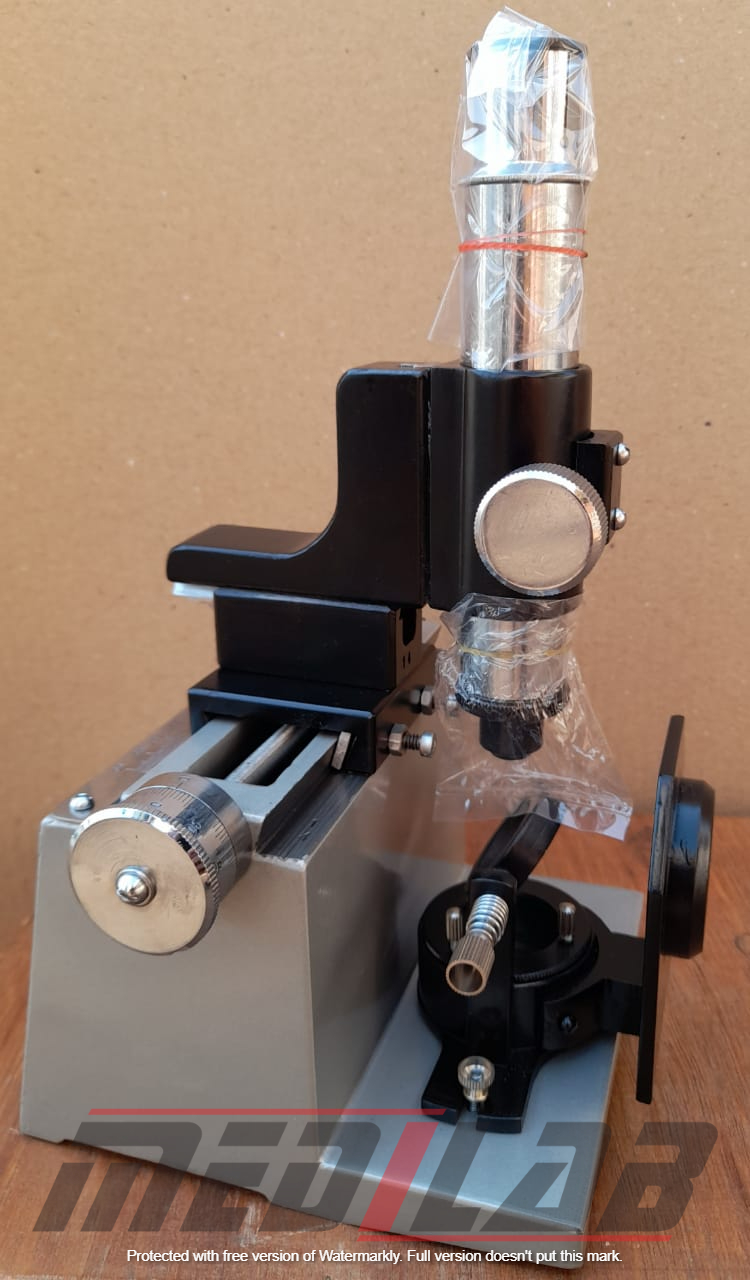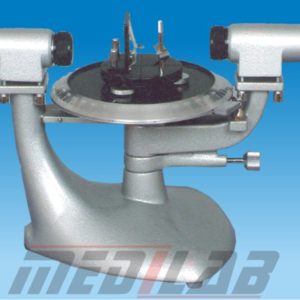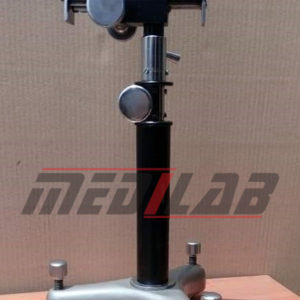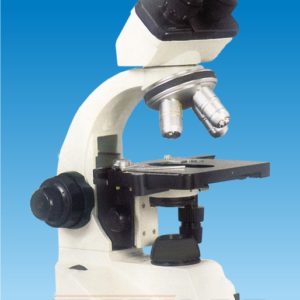Description
Newton’s Ring Microscope Compact Type is a laboratory instrument used to observe and measure the interference patterns produced by light waves reflecting off a convex surface and a flat surface. The instrument is named after Sir Isaac Newton, who first observed and studied these patterns in the late 17th century.
The Compact Type Newton’s Ring Microscope consists of a monocular microscope with a magnification of 30x or higher, which is mounted on an adjustable arm. The microscope is placed above a plano-convex lens and a glass plate, which are held in contact with each other. A source of monochromatic light is directed through the microscope and onto the lens, creating interference patterns known as Newton’s rings.
The observer adjusts the focus of the microscope until the interference pattern is visible, and can then use the instrument to measure the diameter of the rings, which is related to the radius of curvature of the convex surface. The Compact Type Newton’s Ring Microscope is portable and easy to use, making it a popular choice for scientific demonstrations and educational settings.







